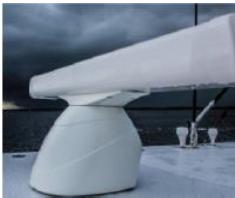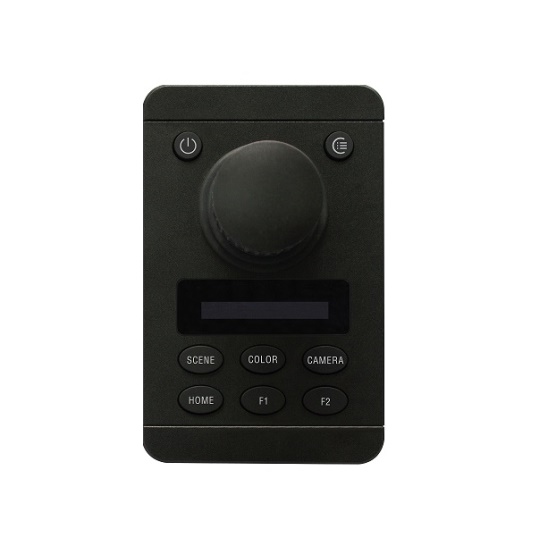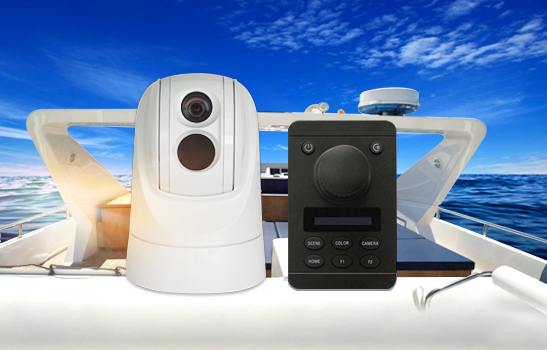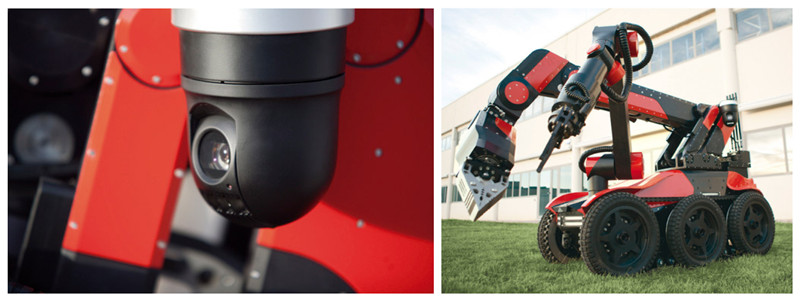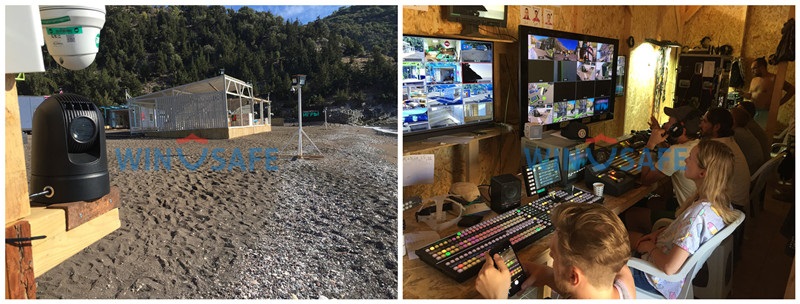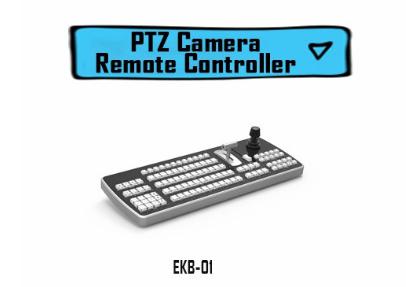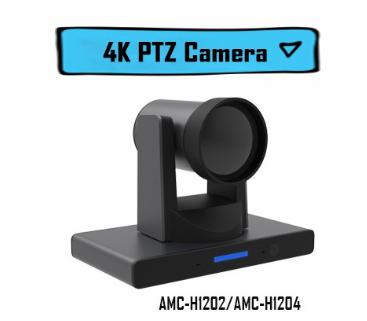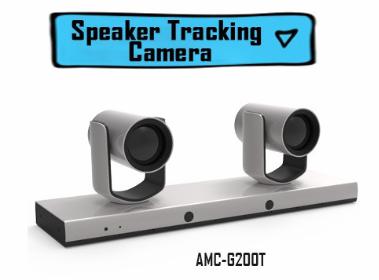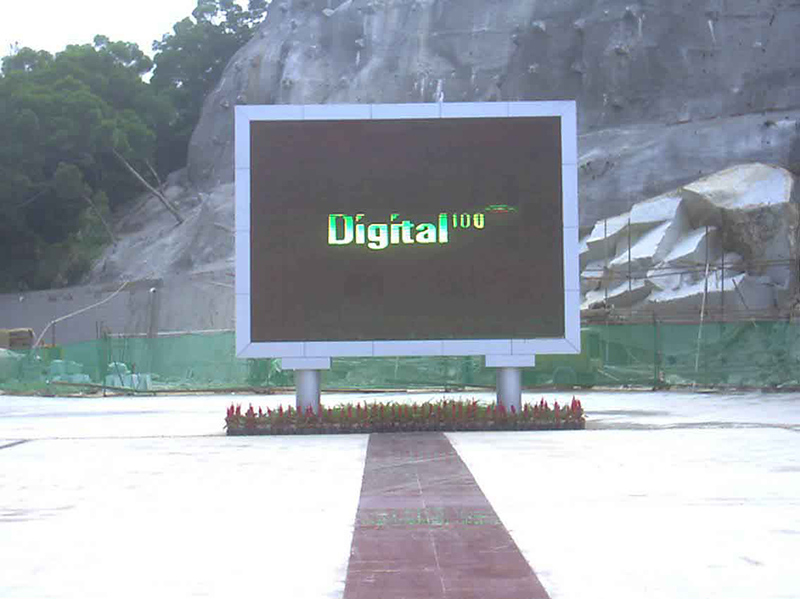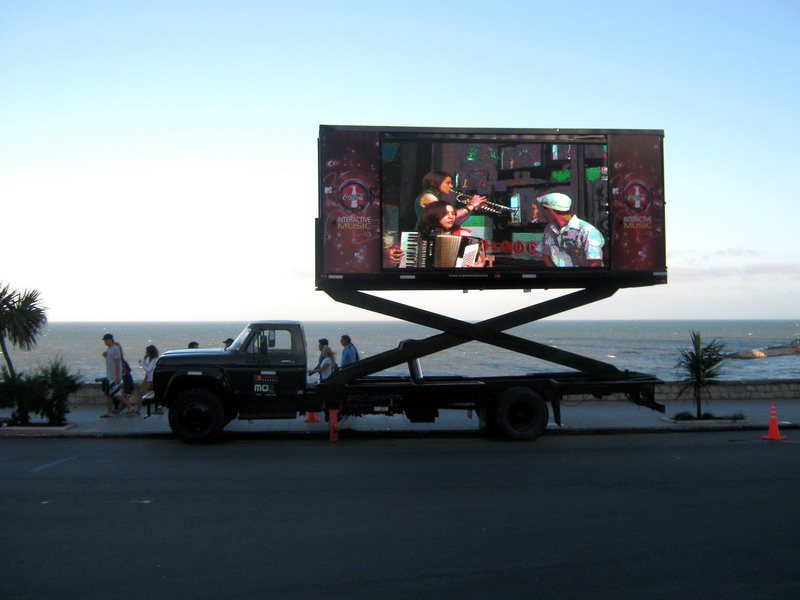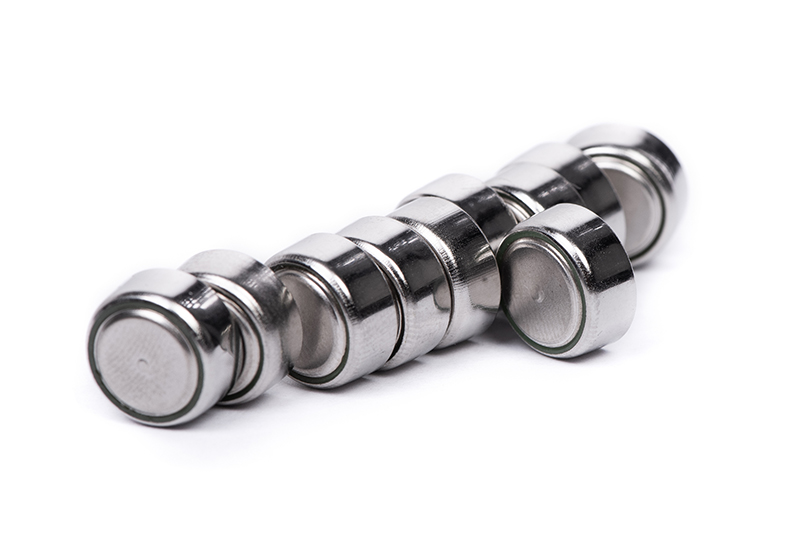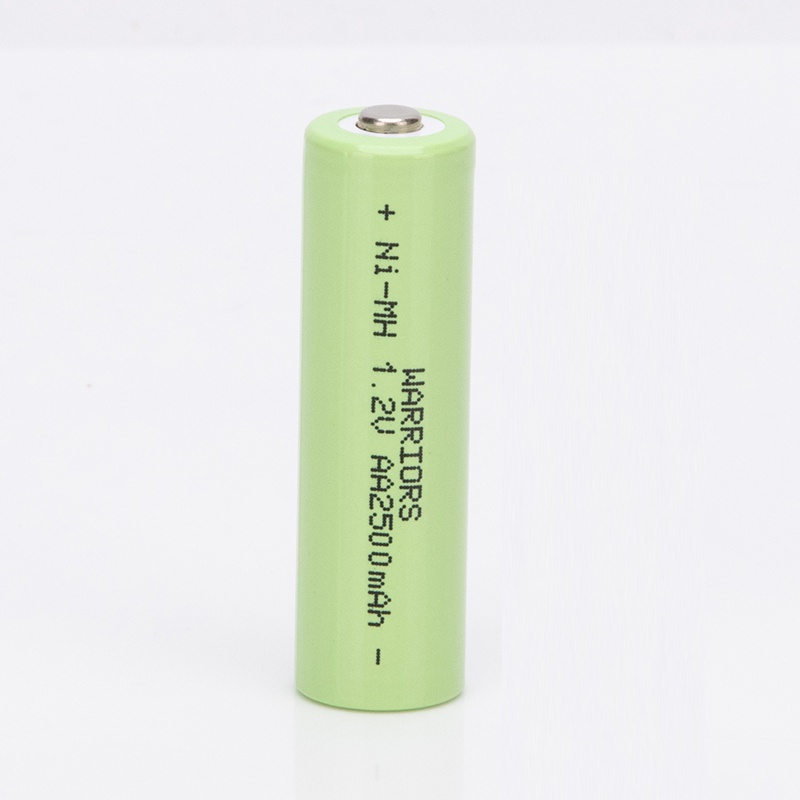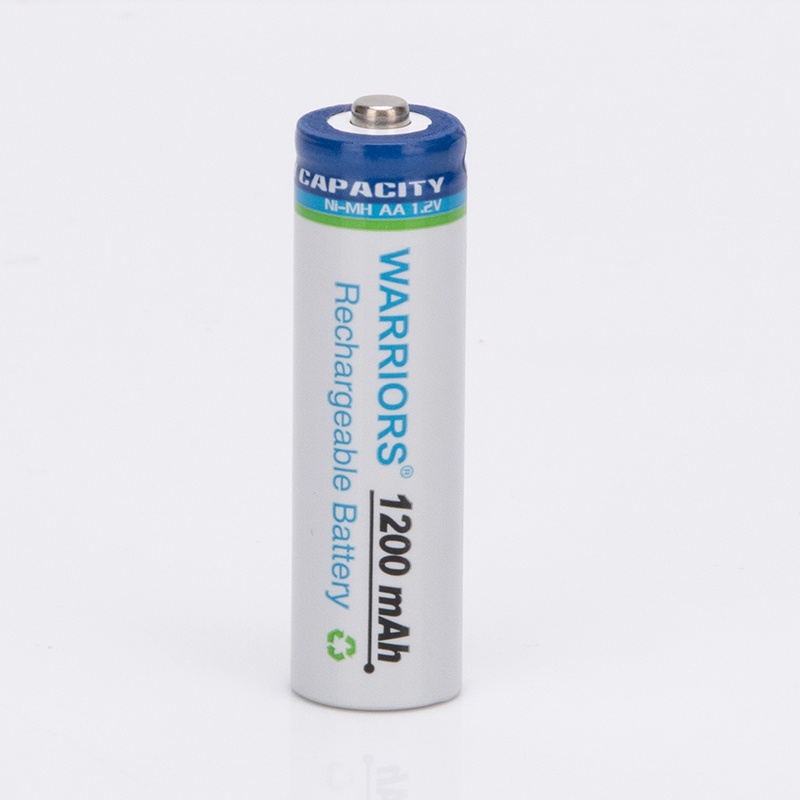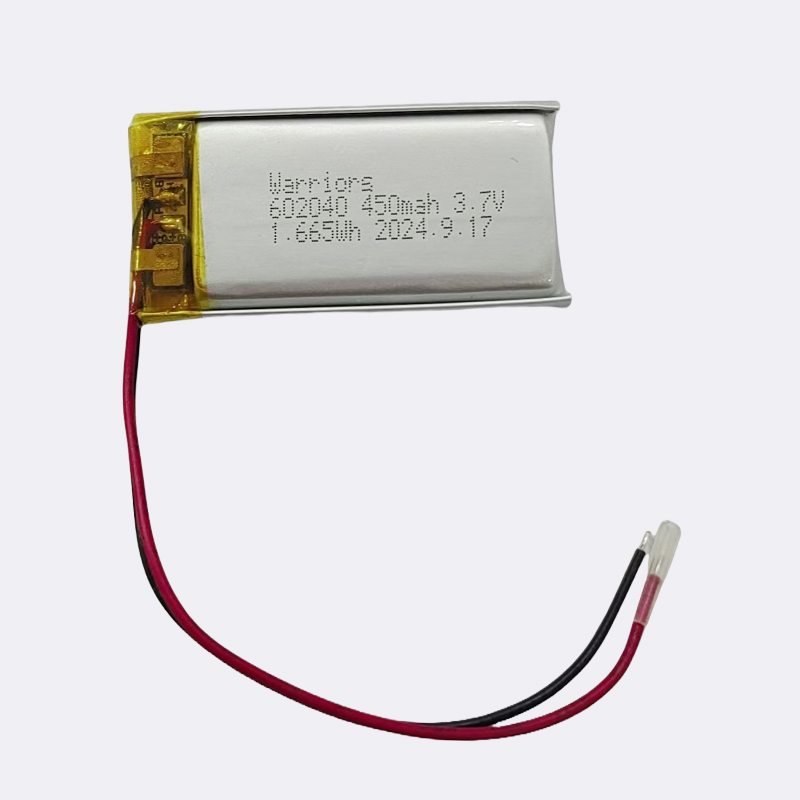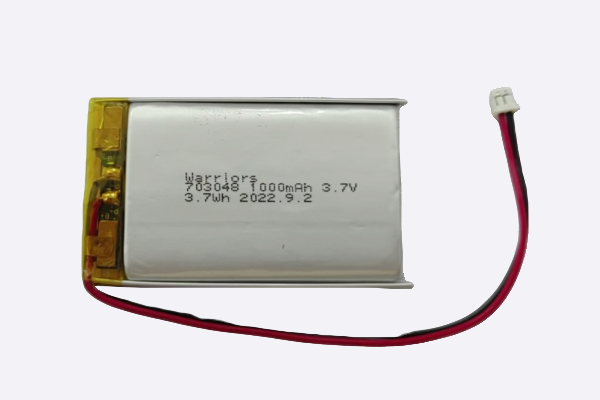The alkaline battery, which is widely used today, was invented in 1959. By the mid-1980s, the alkaline battery had surpassed the zinc-carbon battery as the most popular type of battery. Since its creation, billions and possibly trillions of alkaline batteries have been consumed worldwide. As early as 2009, it was estimated that 50 billion alkaline batteries were in circulation, with an average annual consumption of about 7 to 8 per person.

The alkaline battery market has grown into a multi-billion dollar industry and is expected to continue to grow in the future. Despite competition from other battery chemistries, alkaline batteries have been able to succeed due to several unique advantages that alkaline chemistries offer.
So, what exactly are alkaline batteries?
Although many battery chemistries use alkaline electrolytes, alkaline batteries are generally referred to as alkaline zinc manganese dioxide primary cells. In alkaline batteries, the positive electrode (cathode) contains manganese (IV) oxide, while the negative electrode (anode) contains zinc.
The original alkaline battery was designed as a single-use primary cell, but as technology has continued to advance, rechargeable alkaline chemistries have now been developed.
Regarding the electrochemical principle of alkaline batteries, it produces electricity through a series of chemical reactions between the positive and negative electrodes. At the cathode, manganese (IV) oxide is converted into manganese (III) oxide and hydroxyl ions, which then react with zinc in the anode to release electrons to generate electricity. Here is a simple equation for an alkaline cell reaction:
Zn + 2MnO2+ H2O → ZnO +2MnOOH
In the above reaction, it can be seen that H2O (water) is used up. Subsequently, hydroxyl ions (OH-) are created by the MnO2cathode as shown in the reaction below:
2MnO2+ 2H2O+ 2 e → 2MnOOH + 2OH-
Also, the anode simultaneously uses up hydroxyl ions while creating water:
Zn + 2OH- →ZnO +H2O + 2e
Finally, the resultant electrons (e) from the reaction yield the power used for different kinds of gadgets or appliances.
Overview of alkaline battery specifications
In the alkaline battery market, the most common specifications include AAA, AA, D, C, N, 9V and button batteries. These diverse sizes meet the battery needs of different devices.

Why alkaline batteries are so popular?
Alkaline batteries surpassed zinc-carbon batteries many years ago and became the leader in the market. Even though new batteries such as nickel-cadmium, nickel-metal hydride and lithium-ion batteries are emerging, alkaline batteries still maintain a large market share. There are many reasons behind this.
🌱Excellent energy density
For users who pursue long-term battery life, alkaline batteries are undoubtedly the ideal choice. Compared with other types of batteries, alkaline batteries have the highest energy density, and their energy density can even be twice or more that of nickel-metal hydride and zinc-carbon batteries.
💰Affordable choice
Alkaline batteries are usually more advantageous in price, thanks to their lower production costs and relatively cheap chemical composition. Therefore, from the perspective of cost-effectiveness, alkaline batteries are undoubtedly the leader in the market.
❄️Excellent low temperature performance
When using alkaline batteries, users do not need to worry about device damage or performance degradation due to overheating. This is because alkaline chemicals generate less heat during operation, allowing alkaline batteries to maintain excellent performance even in low temperature environments.
📅 Longer shelf life
Shelf life is one of the important indicators of battery performance. For disposable alkaline batteries, the shelf life refers to the length of time they retain their charge when not in use; for rechargeable batteries, it refers to the length of time they retain their charge before they need to be recharged when not in use. The shelf life of alkaline batteries can be affected by a variety of factors, such as battery design, chemical composition, storage temperature and humidity. However, non-rechargeable alkaline batteries generally have a shelf life of up to 10 years, which is leading the industry.
🔧 Innovation in design
As consumers' demand for convenience continues to increase, battery packaging technology has also ushered in innovation. Traditional alkaline batteries are designed with a complex sealing system, including thick steel casings and end caps. However, these designs have been gradually replaced by thinner and more efficient packaging and sealing technologies. This not only provides additional space for battery components, thereby improving performance capacity, but also makes the battery lighter and easier to carry.
💉 Features suitable for potting
Since alkaline batteries have less temperature changes during operation and are not prone to gas generation, they are very suitable for potting. Potting is a process of filling a compound into a shell to improve the battery's resistance to shock and vibration while protecting it from substances such as solvents, corrosion and moisture.
📏 Diverse size options
Alkaline batteries are available in a variety of size options, which makes them easy to adapt to the needs of a variety of home, office and factory equipment. Whether it is a small remote control or a large power tool, you can find an alkaline battery of the right size.
🔌 Advantages of being used in series
Alkaline batteries can be used in series to produce higher voltage arrays, and they can also be arranged in different configurations to meet the needs of various uses. This flexibility allows alkaline batteries to perform well in a variety of application scenarios.
🌍Environmentally friendly and easy to handle
The main chemical components of alkaline batteries include low-toxic substances such as zinc, manganese and steel, so they pose less threat to human and environmental health. Since the 1990s, most alkaline batteries no longer contain hazardous substances such as mercury, which allows them to be disposed of like other household waste (provided that they comply with local environmental regulations).
🚫Excellent leak-proof performance
Although some people associate alkaline batteries with cracking and leaking, in fact, this situation can be completely avoided as long as you choose high-quality products from well-known manufacturers. There are many types of alkaline battery products on the market with different performances, so it is important to choose a product of reliable quality.
How to choose the most suitable alkaline battery?
Faced with a wide range of alkaline battery brands on the market, consumers often find it difficult to make a decision. However, alkaline battery brands that excel in leak protection, safety, shelf life, service life and other key qualities are undoubtedly trustworthy. For example, warriors brand high-performance alkaline batteries are made of high-quality raw materials and high-density battery technology, which can provide sufficient power for devices and extend service life. If you want to get the best service experience from alkaline batteries, then warriors is definitely a choice worth considering! Welcome to visit our official website for more details.

